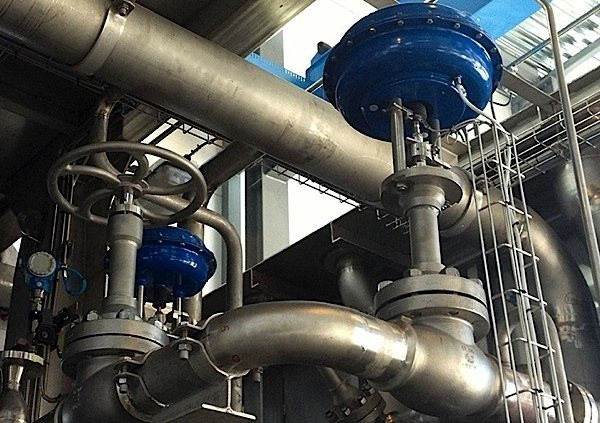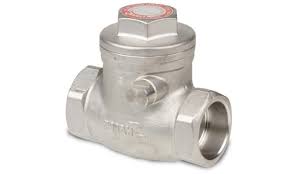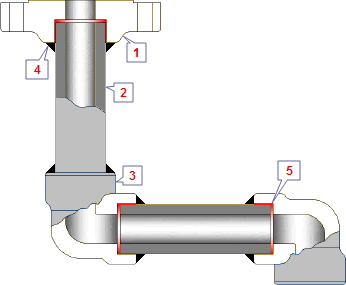
Socket welding check valves are used to prevent reverse flow in pipelines. They have many industrial uses, such as oil and gas, water supply, power generation, petrochemicals, and chemical admixtures.
Socket weld fittings feature recessed sockets into which pipes are inserted and then welded in place. They offer leakproof joins that can withstand high pressures while providing good flow characteristics.
- Stem
Socket welding check valves operate automatically and usually don’t have a handle or stem, as well not need to be sized or installed correctly. They’re frequently used in applications requiring maximum working pressure capacity.
An incorrect size check valve can lead to a high-pressure drop in the pipe, as well as turbulence, chatter, and wear on the valve itself.
The idea is for the pipe to be inserted in its socket weld end with a 1/16″ gap between its end and the bottom of the socket. This space will help prevent expansion against the fitting, leading to cracking.
A socket welding check valve’s stem is typically either a rising type with an outside screw and yoke or an inside screw and yoke design, which isolates the threads from the medium.
- Ball
A socket welding check valve is a type of valve that links two pipes together to form an airtight seal. This process involves welding the two parts together for maximum security.
A ball of a socket welding check valve is constructed from strong material to withstand the high pressure and temperature it may encounter during use. It also features a handle that can be turned to open or close the valve.
A socket welding check valve’s handle is made of sturdy material to withstand any torque that the operator might apply when opening or closing it. Additionally, it features a stem connecting its handle to the valve ball for added security.
- Packing
Socket welding is a method used to fabricate high-pressure piping systems with sealed, leakproof joints. This involves inserting pipes into recessed sockets and fillet welding at the point where their diameter meets the sockets.
When fitting pipes, it is necessary to leave a gap (usually 1/16 inch) between their end and the bottom of the socket in order to prevent them from bottoming out. This gap can either be manually measured and marked on the pipe with a reference line, or it can be achieved using an electronic fitment tool.
Testing a weld is usually conducted with water, though it can also be conducted using inert gas if required. Once set, the weld is hydraulically set, and dual elastomer seals activate to form an effective test boundary.
Records must be maintained according to quality assurance requirements and include traceability to welding procedures, welders, materials certifications, inspections performed, inspectors’ qualifications records, and radiographs. Furthermore, indirect observations, as well as record reviews, should also be performed to guarantee the attributes listed in IP 65001.B has been fulfilled.
XINTAI is a trusted and reliable supplier of top-quality industrial valves to the global market. It specializes in casting balls, gates, globes, checks, cast wedges, and other valve types with applications across oil & gas, chemical industries, energy sectors, and beyond.











